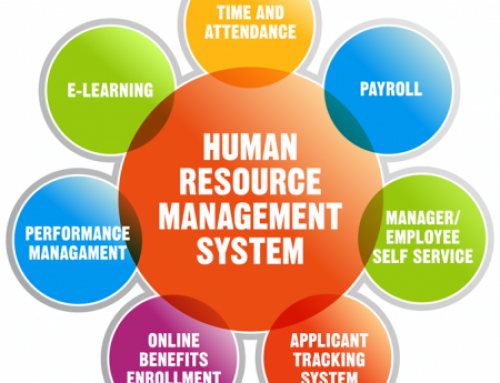There are three main Human Resource Management (HRM) requirements that every employer must meet to prevent employee issues from arising. They include understanding and complying with all Federal and state labor laws and regulations. The creation of an employee handbook that clearly and succinctly communicates the policies and procedures you want your employees to follow. The use of digital employee files where confidential employee information can be securely stored, updated and retrieved as needed.
Labor Law Compliance
Compliance with Federal and state labor laws is paramount. There are new laws promulgated concerning wages, hours worked, overtime, record keeping, and required postings (posters that stipulate employees’ rights) every year. Failure to comply with labor laws can result in penalties and interest that can effectively close a business.
Employee Handbook
Your employee handbook is the core document of all your HRM policies, systems, and procedures. It must explain your expectations of your employees and clearly delineate what you consider to be acceptable and unacceptable employee behavior. In the event of an employee dispute, your employee handbook is always the first point of reference.
Employers should keep a paper and digital copy available for all their employees to refer to on an ongoing basis.
It is the employer’s responsibility to make sure each employee has signed a declaration they received, read, understand, and promise to comply with the policies and procedures described in your employee handbook. Keep each employee’s signed agreement with a copy of the employee handbook and each employee’s other employment documents.
Employee Files
We believe in the digital world we live in that is critical your employee files be digital not just paper. All documents must be secure and available only to the people who must work with them in a bonafide business capacity.
There are three primary employee files that must be created and maintained on an ongoing basis. They are “Form I-9 Employment Eligibility Verification,” “Employee Information” and an “Employee Medical’ file.
You should maintain a separate “Employee Information” file for each of your employees. It should contain at least the following information:
- Resumes and employment applications
- Offer letters, employment agreements or contracts
- Payroll information
- Basic employment data including W-4s
- Information about participation in benefit programs
- Awards, recognition or disciplinary documents
- Performance evaluations
- Termination documentation and exit interview information
All employee information related to health and medical issues must be kept securely in an “Employee Medical” file. This file must include the following minimum data:
- Applications for insurance
- Notes from a doctor excusing a person from work
- Medical examination information
- Information related to a disability










Get Social